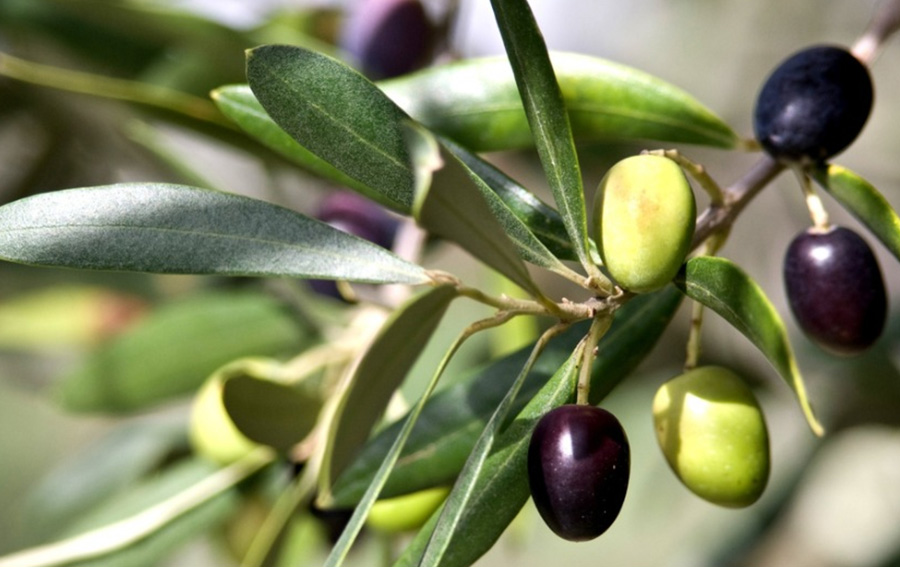Olive Trees Domesticated 7,000 Years Ago - ATLANTIS RISING THE RESEARCH REPORT (original) (raw)

Earliest evidence for fruit tree cultivation found in Jordan valley
Researchers have uncovered the earliest evidence for fruit tree farming. Researchers analyzed remnants of charcoal from the Chalcolithic site of Tel Zaf in the Jordan Valley and determined that they came from olive trees. Since the olive did not grow naturally in the Jordan Valley, this means that the inhabitants planted the tree intentionally about 7,000 years ago. Some of the earliest stamps were also found at the site, and as a whole, the researchers say the findings indicate wealth, and early steps toward the formation of a complex multilevel society.
In a groundbreaking study, led by Dr. Dafna Langgut of the Department of Archaeology & Ancient Near Eastern Cultures, The Sonia & Marco Nadler Institute of Archaeology and the Steinhardt Museum of Natural History at Tel Aviv University, the archaeologists studied charcoal remnants found in the archaeological excavation.
According to Dr. Langgut, a specialist in identification of plant remains, “trees, even when burned down to charcoal, can be identified by their anatomic structure. Wood was the ‘plastic’ of the ancient world. It was used for construction, for making tools and furniture, and as a source of energy. That’s why identifying tree remnants found at archaeological sites, such as charcoal from hearths, is a key to understanding what kinds of trees grew in the natural environment at the time, and when humans began to cultivate fruit trees.”
In her lab, Dr. Langgut identified the charcoal from Tel Zaf as belonging to olive and fig trees. “Olive trees grow in the wild in the land of Israel, but they do not grow in the Jordan Valley,” she says. “This means that someone brought them there intentionally – took the knowledge and the plant itself to a place that is outside its natural habitat. In archaeobotany, this is considered indisputable proof of domestication, which means that we have here the earliest evidence of the olive’s domestication anywhere in the world.”
“I also identified many remnants of young fig branches. The fig tree did grow naturally in the Jordan Valley, but its branches had little value as either firewood or raw materials for tools or furniture, so people had no reason to gather large quantities and bring them to the village. Apparently, these fig branches resulted from pruning, a method still used today to increase the yield of fruit trees.”
Storage capacities were up to 20 times greater than any single family’s calorie consumption, so clearly these were caches for storing great wealth. The wealth of the village was manifested in the production of elaborate pottery, painted with remarkable skill. In addition, we found articles brought from afar: pottery of the Ubaid culture from Mesopotamia, obsidian from Anatolia, a copper awl from the Caucasus, and more.
https://english.tau.ac.il/olive-trees-domesticated

